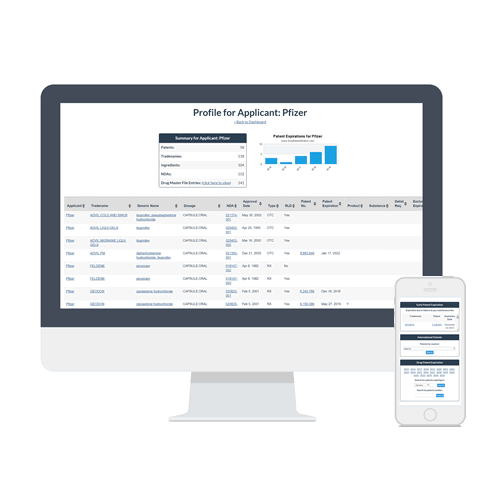
Patient advocacy groups have become increasingly influential in the pharmaceutical industry, particularly in the development of generic drugs. These groups, comprised primarily of patients and their families, play a pivotal role in raising awareness about specific diseases or conditions, educating the public and policymakers, and influencing policy and resource allocation. This article explores the evolving role of patient advocacy groups in generic drug development, highlighting their contributions to the research and development process, regulatory approval, and access to innovative treatments.
Table of Contents
Patient Advocacy Groups: A Force for Change
Patient advocacy groups have been instrumental in shaping the pharmaceutical landscape. The HIV/AIDS epidemic of the 1980s, for instance, saw the rise of patient activism, which led to significant changes in the way the FDA approached drug approval. Patient advocates successfully pushed for the creation of the “compassionate use” mechanism, allowing patients access to investigational drugs before traditional approval pathways. This movement set a precedent for future patient advocacy efforts, demonstrating the power of organized patient groups in driving change.
Contributions to Research and Development
Patient advocacy groups contribute significantly to the research and development process by facilitating patient recruitment for clinical trials. This expedites the research process through their outreach and connections within affected communities. Additionally, these groups often collaborate with healthcare professionals, researchers, and pharmaceutical companies to enhance the quality of life for patients with specific conditions. For example, the Canadian Skin Patient Alliance (CSPA) works with healthcare professionals and researchers to raise awareness about dermatology-related issues and advocate for improved access to dermatological care and treatments.
Regulatory Approval and Access to Innovative Treatments
Patient advocacy groups also play a substantial role in the regulatory approval process. They advocate for patient needs, ensuring that the regulatory framework is patient-centric and responsive to the needs of those affected by specific diseases. The FDA has acknowledged the importance of patient input, incorporating feedback and insights from patient advocacy groups into the drug approval process. This collaboration has led to the approval of innovative treatments, such as eteplirsen for Duchenne muscular dystrophy (DMD), which was heavily influenced by patient advocacy efforts.
Access to Medicines and Patient Support
Patient advocacy groups are crucial in ensuring access to medicines and supporting patients throughout their treatment journey. They work with pharmaceutical companies to develop patient-friendly educational materials and support programs, addressing areas of unmet patient needs. Pfizer, for instance, collaborates with patient advocacy groups to advance shared goals, providing access programs and services, innovative technologies, and educational materials to support the patient journey.
The Future of Patient Advocacy in Generic Drug Development
The role of patient advocacy groups in generic drug development is expected to continue growing. As the pharmaceutical industry shifts towards more patient-centric approaches, these groups will play an increasingly important role in shaping the development and approval of new treatments. Their influence will be critical in ensuring that generic drugs meet the needs of patients and address the challenges associated with disease awareness, access to innovation, and reimbursement.
Conclusion
Patient advocacy groups have become a driving force in the pharmaceutical industry, particularly in the development of generic drugs. Their contributions to research and development, regulatory approval, and access to innovative treatments have been instrumental in shaping the industry’s approach to patient care. As the industry continues to evolve, the role of patient advocacy groups will remain crucial in ensuring that the needs of patients are at the forefront of drug development.
References:
- Pharmaceutical Executive. (2019). Patient Advocacy: The Corporate Mandate. Retrieved from https://www.pharmexec.com/view/patient-advocacy-corporate-mandate
- Mattingly, T. J., & Simoni-Wastila, L. (2022). The Role of Patient Advocacy in the Drug Approval Process. Journal of Managed Care & Specialty Pharmacy, 28(10), 1039–1046. doi: 10.18553/jmcp.2022.28.10.1039
- Healthbiz. (2023). The New Role of Patient Advocacy Groups in Drug Development. Retrieved from https://healthbiz.substack.com/p/the-new-role-of-patient-advocacy
- Pfizer. (n.d.). Patient Advocacy & Engagement: Putting Patients First. Retrieved from https://www.pfizer.com/about/responsibility/patient-advocacy-engagement-putting-patients-first
- Advarra. (2021). The Power Of Patient Advocacy In Drug Development. Retrieved from https://www.advarra.com/blog/the-power-of-patient-advocacy-in-drug-development/


